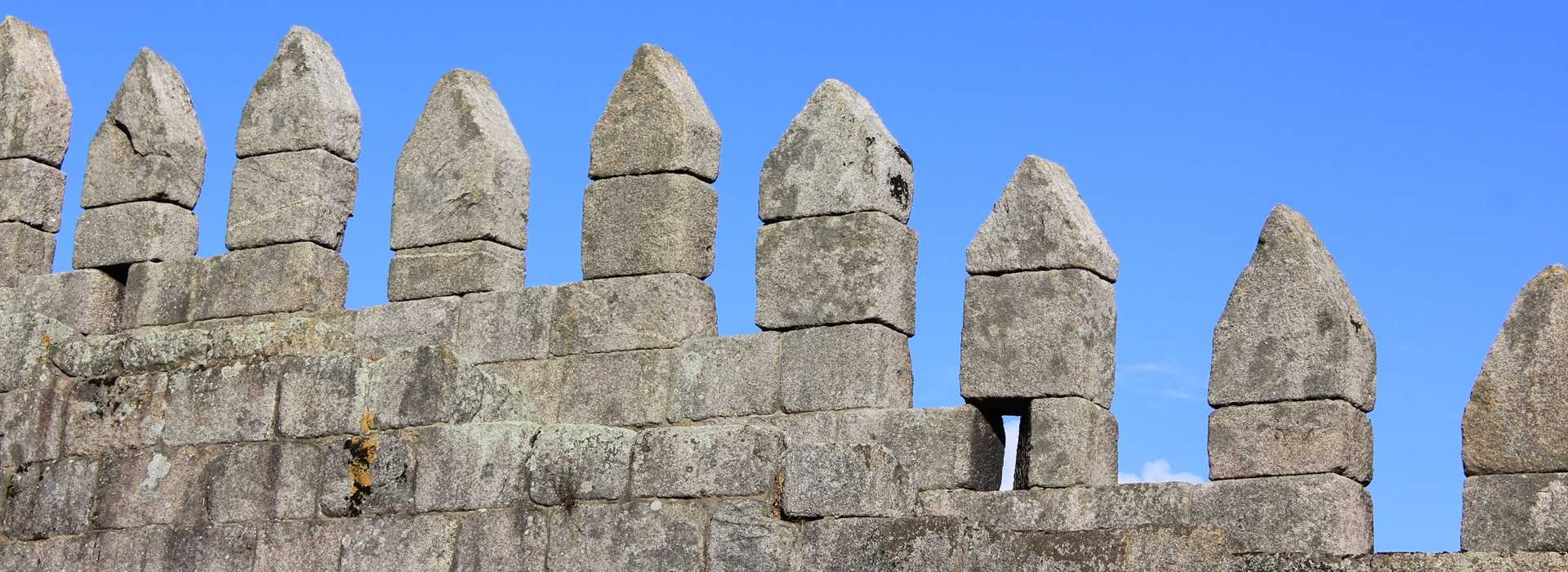Discovering Porto’s Medieval Walls
Porto, a vibrant city in northern Portugal, is renowned for its rich history, stunning architecture, and the famous Port wine. Among its many historical treasures, the medieval walls of Porto stand out as a testament to the city’s storied past. These ancient fortifications offer a glimpse into the city’s medieval era, providing both locals and tourists with a unique opportunity to explore Porto’s historical roots.
A Brief History of Porto’s Medieval Walls
The medieval walls of Porto date back to the 12th century, a time when the city was growing in importance and needed protection from potential invaders. Originally constructed under the reign of King D. Afonso Henriques, the first King of Portugal, these walls were built to safeguard the burgeoning city from external threats. Over the centuries, the walls underwent several modifications and expansions, reflecting the changing needs and fortunes of Porto.
The walls once encircled the entire city, with several gates allowing controlled access. While much of the original structure has been lost to time and urban development, significant portions still remain, offering a fascinating insight into medieval military architecture. These remnants are scattered throughout the city, often integrated into modern buildings and streets, creating a unique blend of old and new.
Key Sections to Explore
When exploring Porto’s medieval walls, there are a few key sections that should not be missed. One of the most prominent is the Muralha Fernandina, named after King D. Fernando I, who ordered its construction in the 14th century. This section of the wall is located near the Ribeira district, a UNESCO World Heritage site, and offers stunning views of the Douro River and the iconic Dom Luís I Bridge.
Another notable section is the Guindais Wall, which can be accessed via the Guindais Funicular. This part of the wall provides a unique perspective of the city, with its steep incline and panoramic views. Walking along the Guindais Wall, visitors can imagine the strategic importance of these fortifications in defending the city from invaders.
For those interested in a more immersive experience, the Porto Cathedral area offers a chance to see how the medieval walls have been integrated into the city’s urban landscape. The cathedral itself, a magnificent example of Romanesque architecture, is built on the site of the original city walls, and visitors can explore the surrounding area to see remnants of the ancient fortifications.
Tips for Exploring the Walls
Exploring Porto’s medieval walls can be a rewarding experience, but a few tips can help make the most of your visit. First, wear comfortable shoes, as the terrain can be uneven and some sections involve steep climbs. The walls are best explored on foot, allowing you to take in the details and enjoy the views at your own pace.
Consider joining a guided tour to gain deeper insights into the history and significance of the walls. Local guides can provide fascinating stories and historical context that bring the ancient stones to life. Alternatively, self-guided tours are also an option, with several informational plaques and signs available along the way.
Finally, plan your visit to coincide with the golden hours of sunrise or sunset. The soft light during these times enhances the beauty of the walls and the surrounding cityscape, making for memorable photographs and a truly magical experience.
